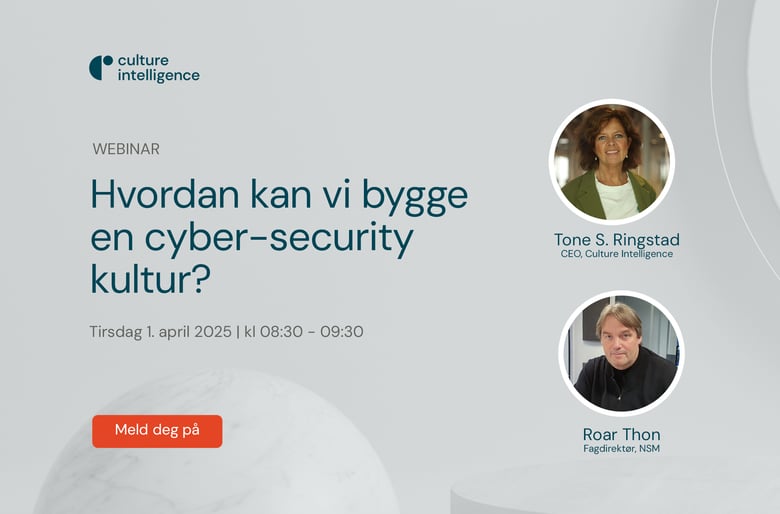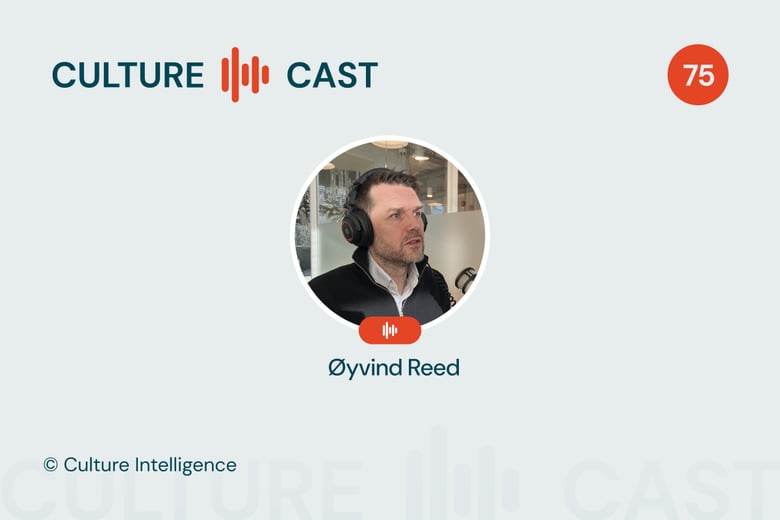What problem are we trying to solve?
In a highly evolving global population with ever-shifting borders and an unprecedented number of generations living simultaneously, understanding, engaging, and having compassion for the underlying values and associated mindsets of people is crucial for collaboration and leadership development. Bringing leadership to this interconnected and fast-changing landscape requires consideration of the many influences of culture, history, language, and human development that comprise the actions we take as human beings. Knowledge of shared values—the building blocks of culture and mindset–provides a unique and effective way to communicate, collaborate, and take more successful action across borders and generations. Values are important, and the question remains, How do we work with values to support individual, team, organization, and global contexts for leadership?
How are we solving this?
Brian Hall (2006), pioneering author and founder of Values Technology, describes values as “the ideals that shape and give significance to our lives…. manifested in the priorities we choose, the decisions we make and the actions we take” (p. 21). Hall estimated that most of us are only dimly aware of the myriad values that are driving our decisions and actions in the world. Hall’s work explored how our values represent the building blocks of our mindsets, and how we can use knowledge of our values to grow and develop our capacity for more open and permeable leadership across differences. Shifting our values priorities results in a shift in mindset.
In his 2015 State of the Union address, US President Obama spoke about how values are “the pillar of our leadership” (p. 9). Research on values has been making this point for some time. In the January 2008 leadership issue of Harvard Business Review, faculty member Rosabeth Moss Kanter asks the question, “What enables a [global] business to be agile?” (p. 43). She interviewed 350 leaders from 5 continents about what makes them successful in a global organization. She reports,
The key… is that a decisive shift is occurring in what might be called the guidance systems of these global giants. Employees once acted mainly according to rules and decisions handed down to them, but they now draw heavily on a shared understanding of the mission. Authority is still exercised and activities are still coordinated – but thanks to common platforms, standardized processes, and, above all, widely shared values(italics added)…, coherence now arises more spontaneously. (p. 44)
Kanter (2008) goes on to say that “Values turn out to be the key ingredient in the most vibrant and successful of today’s multinationals” (p. 45). However, people increasingly talk about the importance of values without having any systematic or measurable way to understand the terrain of values and how to work with them for change. Hall (2006) spent 30 years creating an instrument that defines and measures 125 distinct human values, ranging from “Food/Warmth/Shelter” to “Global Harmony” across all cultures and human development (p. 225). As people begin to move from the hierarchical and problem-solving world of the past, as characterized by the Industrial Revolution, Hall (2006) explains:
[W]e begin to develop an independent sense of ourselves…. to honor our own judgment rather than trust the correctness of the rules and regulations…. This is the phase where we begin to be self-initiating…. [With this new leadership mindset] the world is a creative project in which I want to participate…. Authority is viewed as coming from within ourselves. (p. 54)
Contribution to Leadership and Implications for the Future: Many of us are hearing the call for more conscious leadership for global change and understand the need to think differently and develop a more global mindset. In practice, making these changes is difficult at best. In 2011, the Center for Creative Leadership (CCL) released a report titled, “Future Trends in Leadership” (CCL) which focused on four themes:
- Need for more self-initiating development that is owned by the individual;
- Need to go beyond building leadership skills/competencies and work to transform mindsets;
- Need more emphasis on collaborative/shared leadership;
- Greater focus is needed on innovation and creativity to deal with “wicked” adaptive challenges. (Petrie, 2011, p. 3)
Understanding the values that drive our behavior and making more conscious decisions about our individual and group priorities and vision is an exploration that supports attention to all four of these “future trends.”
Session Description: We will combine a brief overview of the Hall-Tonna Values Map of 125 values across four phases of human development (25% of session) with an experiential team exercise where participants will combine values prioritization with an arts-based component to create a shared values statement and logo (75% of session). First, each person will receive a values map of 125 values across four human mindsets, a short list of 8 globally relevant values, and the associated short definitions. Participants will then choose among the values most important to her or him individually for working within international teams. Second, small groups of four will be formed to collaboratively choose shared values for an idealized global venture. Each group will then create a team values statement based on their conversation and the definitions of the values they choose to prioritize. The final group task will be to utilize art materials to create a logo/image/metaphor that represents their work together on values. A final debrief will explore group dynamics and the impact of working with values as a way to build shared collaboration and agreement among participants. Each creative team presentation will represent the unique values of that team. In this regard, the values are a tool in service of the unique global creativity present among participants.
Desired Learning Outcomes
- Discovery of individual and team benefits of bringing language to our highest aspirations/values, as a means for promoting leadership and culture change;
- Exploration of how better understanding our personal values priorities can provide us with a roadmap for individual and team leadership development;
- Reflection about how understanding the values priorities of self and other creates an open and compassionate platform for dialogue;
- Learning how engagement with our highest values inspires us to action.
References
- Hall, B. P. (1994, 2006). Values shift: A guide to personal and organizational transformation. Rockport, MA: Twin Light Publishers.
- Kanter, R.M. (2008). Transforming Giants. In Harvard Business Review, January, pp. 44-54.
- Obama, B. (2015). State of the Union Address. Retrieved January 31, 2015, from http://www.npr.org/2015/01/20/378680818/transcript-president-obamas-state-of-the-union-address
- Petrie, Nick (2011). Future trends in leadership development. Center for Creative Leadership White Paper Series.



